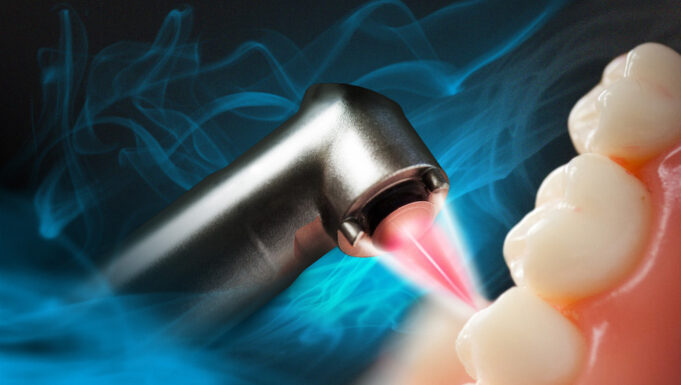Dental care has not only been about cleaning and extracting teeth. Over time, it has encompassed a realm where health meets advanced technology. Among these technological wonders, dental laser technology emerges as a prime example. Not long ago, lasers were confined to the realms of science fiction, their potential not fully realized.
Today, they’re not just elements of tech enthusiasts’ fantasies but are actively utilized in cutting-edge dental procedures. Their precision, coupled with numerous other advantages, underscores their significance. This guide endeavors to unveil every layer of this contemporary marvel, providing readers with an all-encompassing understanding of dental laser technology’s influence on oral health.
1. Understanding Dental Laser Technology
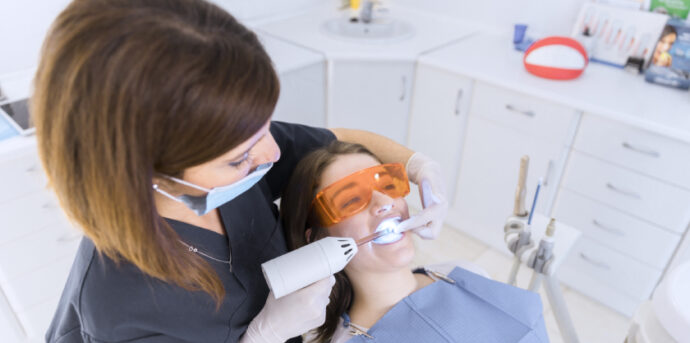
Dental laser technology isn’t just another tool in the toolkit of a dentist. It signifies a paradigm shift in treatment approaches. By harnessing the potential of light energy, this technology transforms it into focused, microscopic, high-energy beams. These aren’t mere rays of light; when expertly directed at oral tissues, they have the power to vaporize or make incisions, dictated by the nature of the procedure. But it’s not brute force that’s their primary charm; it’s the unmatched precision.
Lasers ensure minimal invasiveness, preserving the integrity of adjacent areas. Broadly, dental lasers branch into two categories: hard tissue lasers, tailored for intricate dental procedures, and soft tissue lasers, the go-to for delicate gum-related procedures. Each has its specific wavelength, ensuring zero interference with non-targeted tissue.
2. Benefits of Dental Laser Treatments
When we discuss laser treatments in dentistry, we’re essentially looking at a list of pronounced benefits that redefine the dental experience:
Reduced Pain and Discomfort: Dental procedures have a notorious reputation for being painful. However, laser treatments are changing this narrative. A vast majority of patients note a stark reduction in discomfort, and some procedures might even sideline anesthesia entirely.
Minimized Bleeding and Swelling: Traditional dental surgeries often come with the dread of post-operative bleeding and swelling. Lasers, with their coagulative properties, slash these concerns, promising cleaner procedures and reduced postoperative symptoms.
Quicker Recovery: No one likes prolonged recovery periods, marked by pain and dietary restrictions. Laser treatments, renowned for faster healing and diminished infection risks, ensure patients can return to their regular routines swiftly.
Precision: The standout trait of lasers is their ability to be extremely precise. This means exact problem areas can be addressed without any inadvertent damage to surrounding healthy tissue, ensuring cleaner and more efficient procedures.
3. Common Applications of Dental Lasers
The applications of dental lasers aren’t just diverse—they’re transformative. These include:
Cavity Detection and Filling Preparation: Earlier, detecting cavities in their nascent stages was challenging. But lasers, with their precision, can pinpoint even minor decalcifications in tooth structures, allowing dentists to intervene early and prevent major dental woes.
Gum Disease Treatment: Chronic gum diseases can spell disaster for oral health. Lasers come to the rescue by precisely targeting and eradicating inflamed gum tissues and harmful bacterial colonies, promising a healthier oral environment.
Teeth Whitening: Everyone yearns for that perfect, gleaming smile. Lasers accentuate the teeth whitening process, interacting with bleaching agents more efficiently, cutting down on the overall treatment time.
Nerve Regeneration: A lesser-known but crucial application of lasers is in the domain of nerve regeneration. Certain lasers have the ability to stimulate root canals, fostering nerve tissue regrowth and alleviating pain.
4. Laser-Assisted Gum Disease Treatment
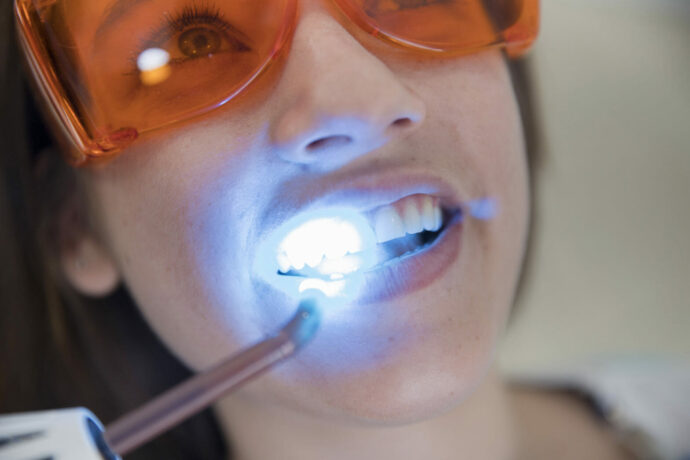
Gum disease, a silent destroyer, has historically been a challenge to manage. Characterized by inflamed gum pockets teeming with harmful bacteria, they are potential precursors to more serious complications. Traditional treatments, though effective, are often invasive and painful. Enter lasers—a beacon of hope in this scenario.
With their precision, they meticulously target and obliterate both the inflamed tissue and the underlying bacteria, often with less discomfort. This not only curtails the immediate inflammation but also paves the way for faster tissue healing and recovery.
5. Laser Applications in Cosmetic Dentistry
Cosmetic dentistry isn’t just about aesthetics—it’s about restoring confidence. And lasers have a significant role to play:
Teeth Whitening: Traditional teeth whitening sessions can be prolonged and occasionally uncomfortable. Lasers, in contrast, fast-track the process, interacting with whitening agents more effectively, ensuring radiant smiles in reduced timeframes.
Gum Reshaping: A ‘gummy smile’ can often be a source of self-consciousness. Lasers, with their unparalleled precision, can meticulously reshape the gum line, delivering a balanced, aesthetically pleasing smile.
6. Laser Dentistry for Minimally Invasive Fillings
Dental cavities, if not addressed promptly, can lead to significant dental deterioration. Historically, preparing a tooth for a filling involved drills—an experience many found unnerving. Lasers, with their innovative approach, allow for detecting cavities at nascent stages, preparing teeth for fillings without the dreaded drill, and often bypassing the need for anesthesia. This refined approach, marked by precision, often ensures that a larger portion of the natural tooth remains untouched and intact.
7. Pediatric Dentistry and Dental Lasers
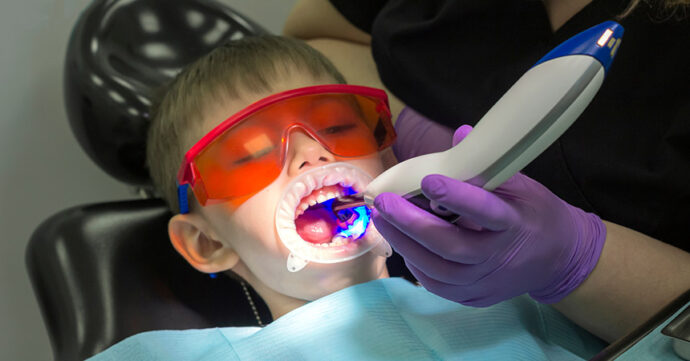
Children and dental visits—it’s a combination often fraught with anxiety. The noise and unfamiliarity can be daunting for young ones. However, lasers, inherently quieter and offering gentler procedures, stand as game-changers. Common procedures like frenectomy for conditions like tongue-tie are simplified, causing minimal distress. The result? A dental visit that transitions from potentially traumatic to a routine, non-threatening experience for children.
8. Preparing for Laser Dental Procedures
Preparation is key to any successful dental procedure, and laser treatments are no exception:
Diet plays a crucial role, especially before dental procedures. It’s imperative to adhere to any dietary restrictions laid out by the dentist.
Communication is vital. Ensure your dental practitioner is apprised of your entire medical history, including any medications you’re currently on, to avoid any unforeseen complications.
9. Post-Treatment Care and Recovery
Post-procedure care dictates the success of any dental treatment:
Oral hygiene, the bedrock of dental health, becomes even more critical. Regular cleaning and adherence to prescribed care routines can fend off potential complications.
Dietary guidelines, if provided by your dentist, should be your north star in the recovery phase.
A vigilant eye on recovery is essential. Any unusual pain or symptoms should be immediately communicated to your dentist.
10. The Future of Dental Laser Technology
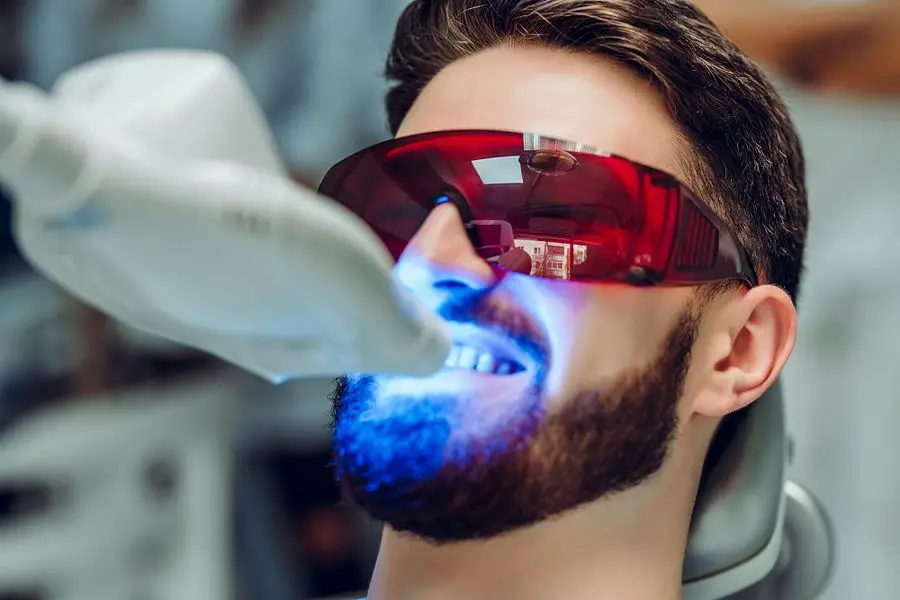
The horizon of dental laser technology is not static—it’s ever-expanding. Each day brings with it a wave of research and innovation. Lasers, already advanced, are continuously evolving, hinting at even more enhanced patient experiences in the years to come. This ongoing evolution underscores dentistry’s unwavering commitment to marry compassionate care with cutting-edge technology. The aim? Ensuring dental solutions remain not just effective, but also futuristic and patient-friendly.

